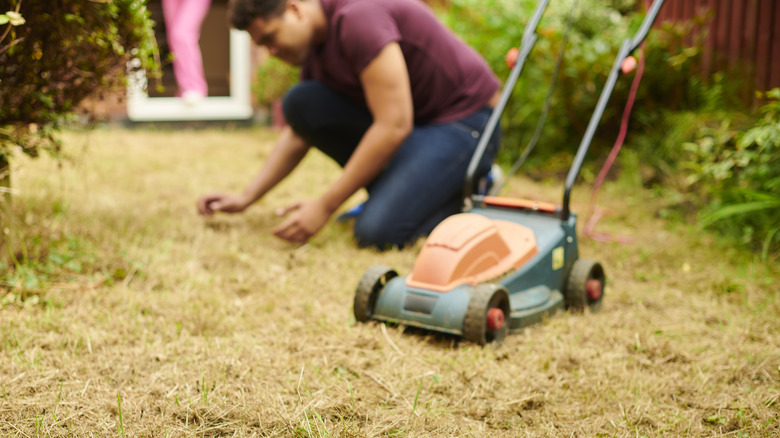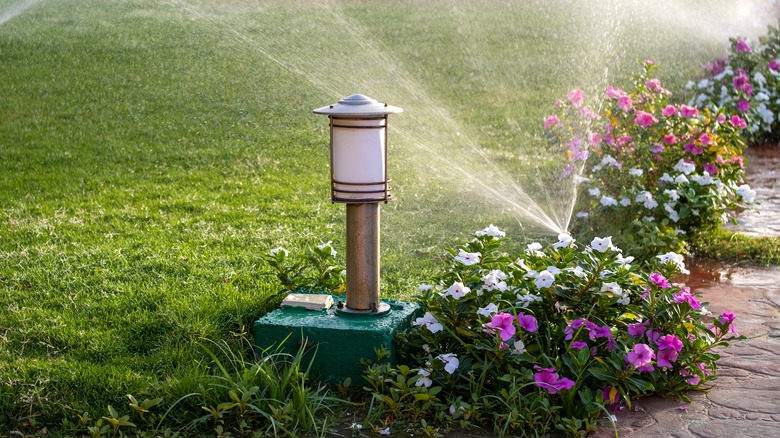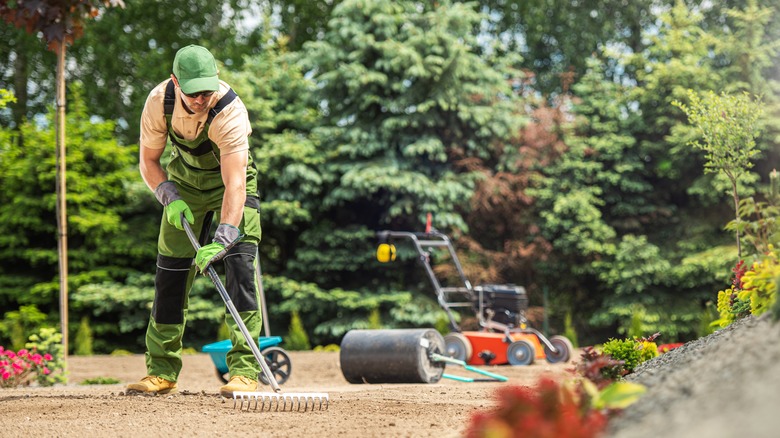How To Treat Your Lawn In The Middle Of A Drought
You take pride in maintaining a lush and vibrant lawn, but it can be difficult to keep it up during periods of drought. Given the growing concern around water scarcity, it's a good idea to consider ways to care for your lawn while also reducing water usage. Aside from the possibility of having a limited water supply, it can be hard to keep your yard healthy during a drought when hot and dry weather conditions cause stress and damage to your lawn that can result in long-term damage.
Water conservation is the first step in supporting your lawn in drought conditions. Some practical tips that you can implement include adjusting your irrigation schedule, watering deeply but infrequently, and planting drought-tolerant grasses. In addition, healthy soil promotes a more drought-resistant lawn. Using techniques such as lawn aeration and applying compost can make a significant difference, no matter how little rain is in the forecast.
Water-saving strategies
During a drought, adjusting your irrigation schedule is one of the easiest ways to save water. It's best to avoid watering during the hottest part of the day when evaporation rates are the highest. Instead, water your lawn during the early morning or late evening to help reduce evaporation and aid your grass in absorbing moisture more effectively. It's also better to give your lawn a deep soak instead of frequent shallow irrigation. Watering your lawn with around one inch of water per week is recommended. If you know a drought or water restrictions are imminent, slowly taper off your water usage beforehand, as to not send your lawn into shock when it suddenly receives less water.
You may also want to consider installing a smart irrigation system that can adapt watering based on factors like the weather, soil moisture levels, and the needs of your lawn, or only water the parts of your lawn that receive the most sunlight. Additionally, you can collect any rain that does come along using a rain barrel or other rainwater harvesting system. This gathered water can be used to irrigate the grass during dryer periods. It is worth noting that rainwater is chemical-free and helps to naturally nourish the soil and plants.
Moisture retention for drought-resilient lawns
It's important to focus on improving the soil's health and moisture retention to make your lawn more resilient during a drought. Healthy soil can absorb and hold water more efficiently. Aerating the soil helps water and oxygen reach the roots, which promotes their growth and allows them to penetrate deeper into the ground. Deeper roots are better equipped to endure drought as they have access to moisture that isn't readily available near the surface. Consider planting grasses that are known to be drought-tolerant thanks to those deeper roots, like tall fescue or Bermuda.
In addition, adding organic matter like compost early in the season can help enrich the soil with nutrients and improve the availability of essential elements for the grass. This strengthens the grass's ability to withstand stress and recover more effectively when water becomes available. Mulching around trees, shrubs, and flower beds can also reduce competition for water between plants and the lawn, allowing your grass to receive its share of available moisture.


